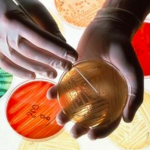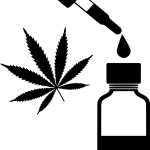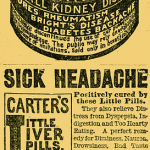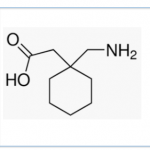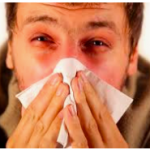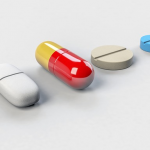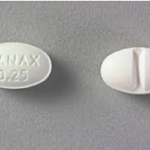For those of you who reflexively think that "big pharma" is an amorphous, evil entity that could be replaced by government research, think again. The industry exited antibiotic research in the 1990s (largely because FDA statisticians decided that impossibly large clinical trials were required for new antibiotic approval). Now, the antibiotic marketplace is broken. ACSH advisor Dr. David Shlaes discusses how to lure companies back into the field.
Drugs & Pharmaceuticals
It's no secret that people have bad reactions to some prescription drugs. But not all drugs are equal. Here's a look at four drugs that are rather unpopular.
It's time to take a look at the newest gold rush. The one not related to sustainable energy, but to the cannabinoids: THC and CBD.
WebMD, the medically and scientifically dubious website, regularly puts out some pretty ridiculous advice, hence the moniker "WebDUMB." Those folks are back at it, this time with an absurd article about "non-drug" sleep aids -- all of which just happen to be drugs. Perhaps, whoever wrote this thing took a real sleep aid and slept through chemistry class.
Uh oh, we're in trouble. The "Mexican Blood Flu" is upon us. We've never heard of it, but it sure sounds nasty.
Rumors of a superbug virus that kills 70% of the seniors over 55 who become infected are flying around the internet via emails and a Facebook Page, which is hosted a group called Wake Up America and Stand United. Is this something you should worry about? Better read this.
Since the focus of pharmaceutical research has shifted from oral, small molecule medications (pills) to biologics (injectables derived from living sources) the price of new drugs has soared. Biologicals are more difficult to manufacture and purify than traditional medications. Biosimilars are analogous to (but different generic versions of traditional drugs). But the difference creates a unique set of issues. ACSH friend Dr. Robert Popovian and colleagues recently wrote about some of the complexities of biosimilars.
The Trump Administration now requires drug advertising to provide a medication's list price. Manufacturers that were initially resistant have reconsidered and have agreed. The only group losing here are patients, who are no closer to lower drug prices or better information than before.
The mad rush to rid this country of demonic prescription analgesic drugs (mainly Vicodin and Percocet) has put pain patients and their doctors in an unprecedented dilemma. What can they do for pain when real drugs are unavailable? Many have turned (or been forced to turn) to the epilepsy drug Neurontin, which is used off-label for pain. But does it work? Please read this and find out.
What do investors think about antibiotics companies? Not much. Paratek, priced at just $5.42, has a 36% short ratio -- or tradable shares being shorted by skeptical investors. Companies with market caps under $200 million do not bold well, either. Anyone who doubts that the antibiotic market is broken needs only ask the investors.
It's hayfever season, and this year it's brutal. People will be buying all kinds of drugs to stop sneezing and dry up runny noses, but most of them won't work very well. And if you dare wander into the abyss of online decongestants, you better read this article. That is, if you want to understand the thousands of products (mostly bad) that companies are hawking. This is nothing to sneeze about.
The medicines we swallow contain inactive ingredients, and among those ingredients are 38 known allergens. Are they a cause of concern? Perhaps, but just for a very, very few of us.
The anti-opioid zealots have benzodiazepines, especially Xanax, in their sights. The drug is being demonized by (more or less) the same people who created the fake opioid crisis. But how dangerous is it? It is nearly impossible to kill yourself with Valium, another member of the benzodiazepine class. Does this hold true for Xanax? Yes, more or less.
